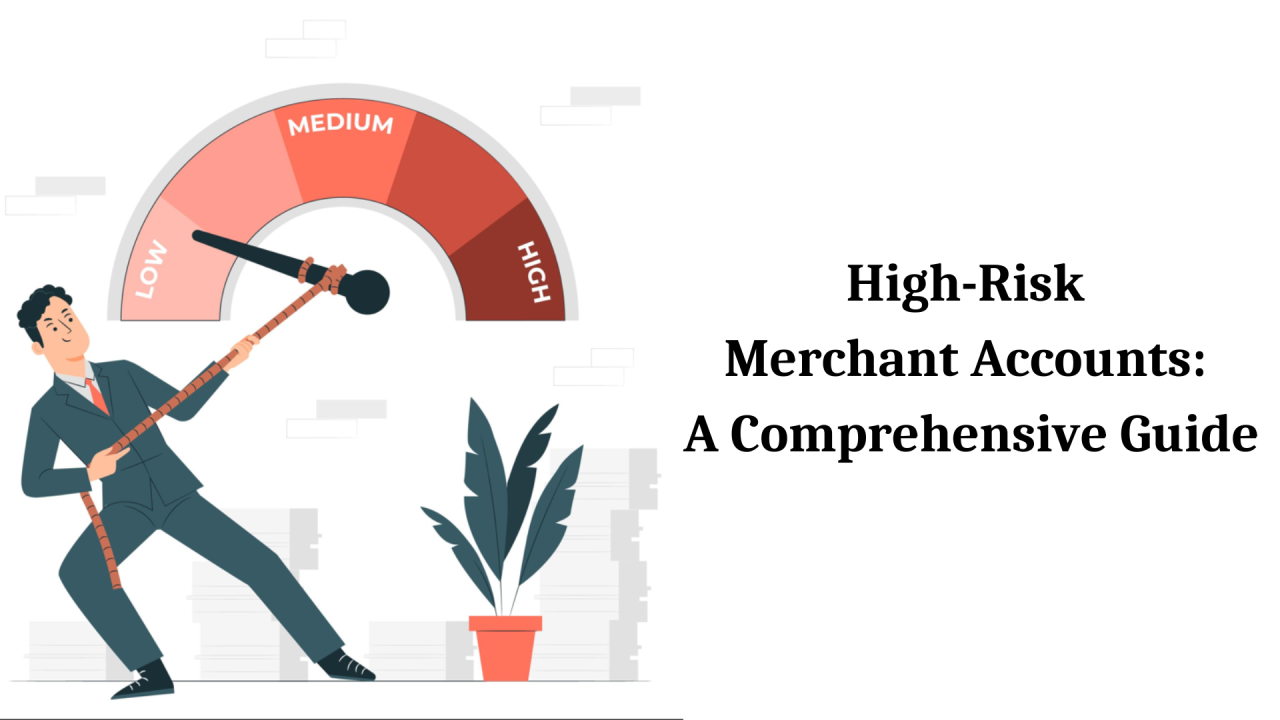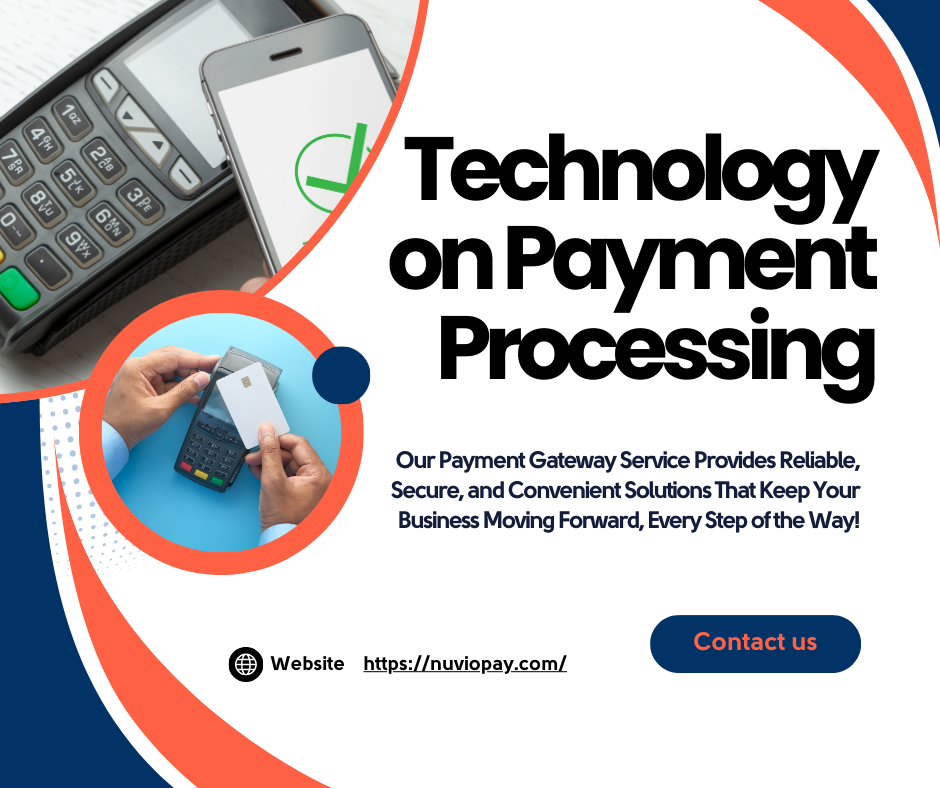In today’s growing world of e-commerce, the problematic term “High Risk Merchant Account” has become more and more common. Problems with payment processing are a regular challenge for companies trying to establish a solid online presence.
In this article, we will discuss the concept of high-risk merchant accounts, including the reasons for their classification, the challenges they represent, and the opportunities they provide for businesses across industries. Defining high risk merchant accounts A high-risk merchant account is one that is specifically tailored to high-risk enterprises.
Defining High Risk Merchant accounts
A high-risk merchant account is a type of account designed exclusively for high-risk businesses. Such accounts enable businesses to accept credit card payments and other client transactions using specialized payment processors and a payment gateway (host merchant services).
The reason high-risk merchant accounts exist is the categorization of companies within the banking sphere. There are two kinds of businesses: low-risk and high-risk. High-risk merchants are distinguished from low-risk merchants by the potential danger they offer to an acquiring bank.
When opening an account for a low-risk firm, a bank is reasonably safe from potential hazards such as a large number of chargeback requests. However, issuing a high-risk merchant account means more possible challenges for the bank because of several factors.
Why are certain businesses deemed high-risk?
There are a lot of factors why a company can be labeled high-risk. Some industries, such as trip booking agencies or social networks, are automatically classified as high-risk. Here’s a comprehensive list of the reasons why doing business is risky.
- A poor credit history.
- Background of account termination.
- A business belongs to a high-risk industry.
- Selling subscription-based products or services.
- Operating with many currencies within one business.
- Offering goods or services that result in high-dollar transactions.
- Locating a firm in a country with a high chargeback probability.
- The company is international.
- Because the account was recently opened, there were no credit card processing records or a little quantity of money.
Opportunities and challenges with high-risk merchant accounts
As with most financial products, high-risk merchant accounts have certain opportunities and challenges. Let’s take a closer look:
Opportunities:
- Accessibility for companies. High-risk merchants can utilize such accounts to accept client payments through payment providers and processors.
- Risk and fraud prevention tools. Businesses in this category benefit from enhanced anti-fraud capabilities provided by payment service providers due to the higher risk.
- Compliance is easier: Following the requirements of high-risk payment processors typically implies that your company is well-protected and in compliance with industry legislation and standards.
Challenges:
- The short life-cycle issue mostly concerns: organizations that generate a large number of chargebacks. The financial institution terminates an account due to an overflow of those.
- Not too many options available: Unfortunately, not all financial institutions are capable of working with and providing services to high-risk enterprises. When they do, they require additional verification to ensure their financial security in exchange for merchant services.
- Pricing varies, primarily due to additional costs: Opening, processing, and providing merchant services will be more expensive, as the bank seeks to protect itself from potential additional expenses and chargebacks. Chargeback fees may be greater for some firms.
- The short life-cycle issue mostly concerns: organizations that generate a large number of chargebacks. The financial institution terminates an account due to an overflow of those.
How can the right payment service assist high-risk merchants?
As mentioned previously, the risk level for high-risk businesses is associated with fraud and chargebacks. This is a problem for a high-risk payment processor: it must provide advanced solutions to account for particular risk factors:
- A payment service provider needs fraud protection technologies to limit the risks for merchants.
- Merchant account providers must offer a flawless transaction process to prevent payout delays caused by high transaction volumes.
- High-risk payment processors should also utilize instruments that allow chargeback alerts and refunds to avoid or at least decrease chargeback and fraud-related losses.
Tips for Selecting the Ideal Payment Gateway for High-Risk Businesses
High-risk merchants have fewer options than low-risk merchant accounts, but they can still choose a good payment processing company like Nuvio Pay etc. to reduce risk in making merchant payments. Hence, Nuvio Pay provides a secure payment gateway but still your should know the following criteria when choosing a payment provider:
- Your interests must be accounted for. To begin, first you need to confirm that the payment processing businesses you are considering as potential partners provide high-risk accounts for your industry. Some payment processors open high-risk accounts for a variety of businesses, while others specialize in one or two. It is ideal if your payment service provider provides unique features and offers for your business.
- Locations matter. A merchant services provider must be licensed in your jurisdiction. If you plan to open additional branches in other countries, make sure that high-risk merchant services of your financial provider are available there as well.
- Compliance is crucial. To select the best payment gateway solution, you must first ensure that it adheres to the tight laws and policies enforced by governments and banks. Ensure that they are in compliance with PCI DSS, GDPR, and PSD2, as well as their local high-risk services provision rules.
- Availability of payment methods. Examine the payment methods available from a payment processor. These must reflect the preferences of your target audience. High-risk businesses’ most popular payment methods are credit and debit cards, e-wallets, bank transfers, prepaid cards, and local alternative payment methods.
- Anti-fraud solutions. These solutions are crucial to preventing chargebacks and reducing credit scores for high-risk companies. Consult with the staff of a payment processor to learn about the technologies they use and how they help detect fraud and prevent chargebacks.
- Global reach. Planning for overseas sales and growing your customers. Then, you need to check if a merchant account provider allows you to accept online payments from your chosen geographical regions.
- Compare the fees. High-risk merchant accounts typically incur greater fees for maintenance and security technologies, as well as higher chargeback fees. Do the comparison between the prices and processing fees to know what is good and works for your company.
Conclusion
Have a good understanding about high-risk merchant accounts is important for companies that use online banking. Knowing the laws, challenges, and benefits of these accounts allows businesses to make smarter financial decisions in the ever-changing world of internet commerce.
Consider a firm as a ship cruising across the internet. A high-risk merchant account functions similarly to a particular type of bank account for this ship. It enables the ship to collect credit card payments from its guests. However, not all ships are made equally. Some firms are thought to be more prone to issues, such as high return rates or fraud. These are the enterprises with the highest risk. To accept credit cards, they must have specific high-risk merchant accounts set up.
Gaining the understanding about high-risk merchant accounts assists organizations in determining whether or not they require one and whether it is a good fit for their needs. It’s similar to understanding the many sorts of ships and which one is best for your trip.
FAQs
1. What is the high-risk transaction?
Technically, all credit card transactions are risky; nonetheless, some are more risky and some are less. High-risk transactions refer to credit card payments associated with significant risks of chargebacks, fraud, and other potential issues, like money laundering.
2. How does a high-risk merchant account work?
A high-risk merchant account is meant for companies that are classified as “high-risk.” These businesses are more likely to experience chargebacks, fraud, and other financial risks. High-risk enterprises require accounts that can take credit and debit card payments.
3. What is the difference between a high risk merchant account and a high-risk payment gateway?
They both serve very distinct purposes: a payment gateway facilitates and allows you to handle online transactions, whilst a merchant account acts as a holding account for those payments before they are put into your regular bank account.





